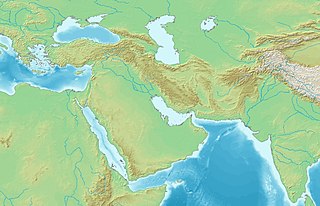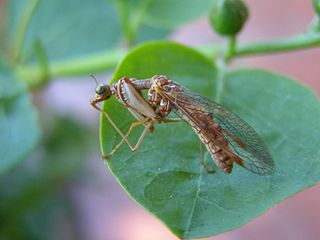William Walker may refer to:

Amphipyrinae is a subfamily of owlet moths in the family Noctuidae. There are more than 50 genera and 210 described species in Amphipyrinae, although the classifications are likely to change over time.

Flutazolam is a drug which is a benzodiazepine derivative. It was invented in Japan, and this is the main country in which it has been used medically. It has sedative, muscle relaxant, anticonvulsant, and anxiolytic effects similar to those produced by other benzodiazepine derivatives, and though it is around the same potency as diazepam, it produces a more marked sedation and impaired coordination. It is indicated for the treatment of insomnia. Its major active metabolite is n-desalkylflurazepam, also known as norflurazepam, which is also a principal metabolite of flurazepam. While flutazolam has a very short half-life of only 3.5 hours, n-desalkylflurazepam has a long half-life of between 47–100 hours.

The Durham Miners' Association (DMA) was a trade union in the United Kingdom.
Crawford and Company was a major grocery store in the early days of Adelaide; for many years the largest family owned concern in the colony.

Aphalaridae is a bug family in the superfamily Psylloidea.

Enochrus, a genus of water scavenger beetles, is the third-largest genus of hydrophilids with 222 species in six subgenera worldwide.

The Nezak Huns, also Nezak Shahs, were a major principality in the south of the Hindu Kush region of South Asia from circa 484 to 665 CE. Despite being traditionally identified as the last of the Hunnic states, their ethnicity remains disputed and speculative. Despite their relative obscurity, they left behind significant evidence of their prosperity, with coinage displaying a characteristic water-buffalo-head crown.

Macrohomotoma is a genus of plant-parasitic hemipterans in the family Homotomidae. There are about 15 described species in Macrohomotoma.

Phyllopalpus is a genus of winged bush crickets, trigs in the family Trigonidiidae. There are about six described species in Phyllopalpus.

Membracinae is a subfamily of treehoppers in the family Membracidae. There are more than 40 genera in Membracinae.

Liviidae is a family of plant-parasitic hemipterans in the order Hemiptera. There are more than 20 genera and 370 described species in Liviidae.

Mantispa is the type genus of insects in the family Mantispidae and subfamily Mantispinae. Species have a fairly worldwide distribution.

Khair Khaneh is an archaeological site located near Kabul, Afghanistan. A Brahmanical Temple was excavated there in the 1930s by Joseph Hackin. The construction of the Khair Khaneh temple itself is dated to 608-630 CE, at the beginning of the Turk Shahis period. Most of the remains, including marble statuettes, date to the 7th–8th century, during the time of the Turk Shahi.
Anaphes is a genus of fairyflies belonging to the family Mymaridae. It was first described by Alexander Henry Haliday in 1833.
Nineta is a genus of insects belonging to the family Chrysopidae.











